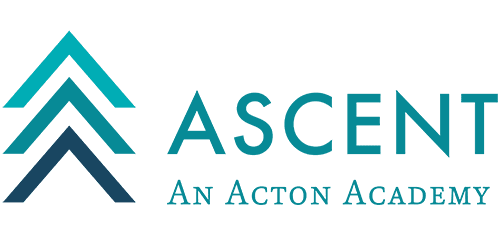Spark Insight Journal – Page 18 – Goals of Montessori Materials
“In Montessori education, children learn to learn by learning… Academic skills are essential to learning and knowing, not the aim of learning and knowing.”
The Authentic American MontessoriSchool, p. 43
Montessori materials are a crucial part of the prepared environment forming the very basis of budding attributes of independence, curiosity, concentration, intrinsic motivation, care of self, care of the environment (social responsibility and citizens of the world), and academic preparation. Beyond the direct subject and skill presented by a given activity, lie indirect- yet critical- opportunities for the formation of these attributes, leading to the development of the whole child.
The direct goals of the Practical Life activities like spooning, hand washing, window washing, sweeping, sewing, brooming, etc. are: independence, broadening the child’s experience of their immediate environment, care of self and the environment, control of movement, and grace and courtesy. Indirect goals include: hand-eye coordination, motor control, preparing the wrist, and development of the pincer-grip for writing. Understanding of freedom and boundaries also largely comes into play in this area of learning.
The direct goals of Sensorial activities like the pink tower, color tablets, rough and smooth boards, or the thermic tablets include: refinement of senses, language for the different qualities that the matter possesses, (rough, smooth, hot, cold, dark, darker, darkest), and strengthening of muscle memory.
The direct goal of Math and Language is academic preparation. The indirect goals include: independence, critical thinking, problem-solving, curiosity, and intrinsic motivation. The goals can be broken down even further. For example, when a child is using the Movable Alphabet, our goal is not to make sure a word is spelled correctly, but rather, to work on actual word-building (using letter sounds to make words/writing) and further decoding them as a natural next step to reading. Words could look like “osum” (for awesome), “luv” (for love). This all ties in as an example of literary independence and critical thinking.
The goals for Culture – Botany, Science, and Geography- are very similar to that of the other areas, and also open young minds to the world outside, and their role/relationship with and within it, as the citizens of the world.
“The developing child not only acquires the faculties of man: strength, intelligence, language; but, at the same time, he adapts the being he is constructing to the conditions of the world about him.”
Maria Montessori, The Absorbent Mind, p. 61







 .
. 

